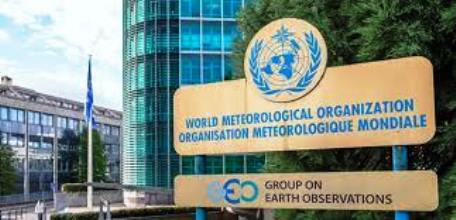The World Meteorological Organisation (WMO) says some 3.6 billion people currently face inadequate access to water at least a month per year.
This is contained in its State of Global Water Resources 2021 report published on Tuesday.
Meanwhile, the figure is projected to increase to more than five billion by 2050.
The report assessed the effects of climate, environmental and societal change on the Earth’s water resources.
Its aim is to support the monitoring and management of global freshwater resources in an era of growing demand and limited supplies.
It showed that due to the influence of climate change and a La Nina event (period cooling of ocean surface temperatures in the tropical Pacific), the year 2021 witnessed large areas of the globe recording drier than normal conditions.
However, compared with the 30-year hydrological average, the area with below-average stream flow last year was approximately two times larger than the above-average area.
Between 2001 and 2018, the interagency mechanism United Nations Water reported that 74 per cent of all natural disasters were water-related.
The recent 27th Conference of the Parties of the United Nations Framework Convention on Climate Change (COP27) urged governments to further integrate water into adaptation efforts.
It is the first time that water has been referenced in a COP outcome document in recognition of its critical importance.
According to WMO Secretary-General, Petteri Taalas, though the impacts of climate change are often felt through water, such as more intense and frequent droughts, extreme flooding, erratic seasonal rainfall and accelerated melting of glaciers, there is still insufficient understanding of changes in the distribution, quantity and quality of freshwater resources.
The WMO report aims to fill this knowledge gap, which would be helpful in providing universal access in the next five years to early warnings of hazards, such as floods and droughts, he said.
Xinhua


